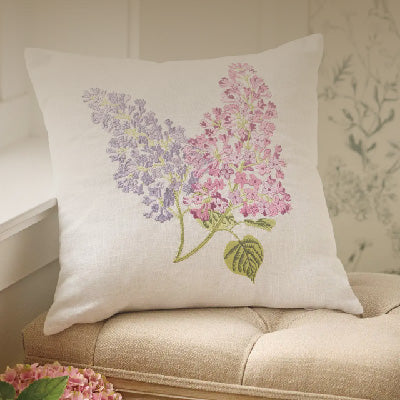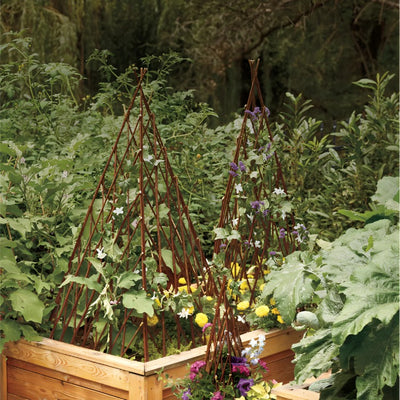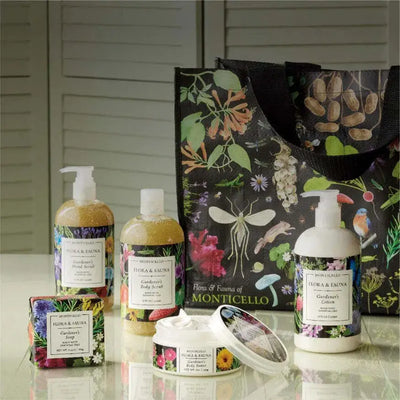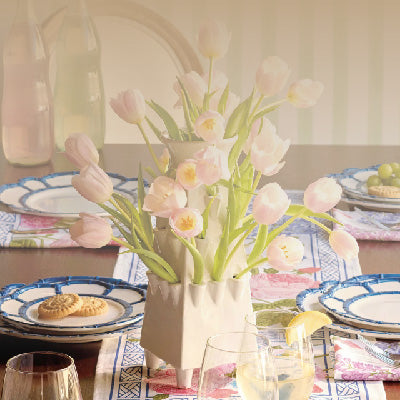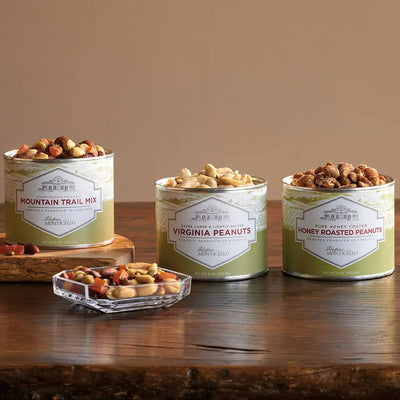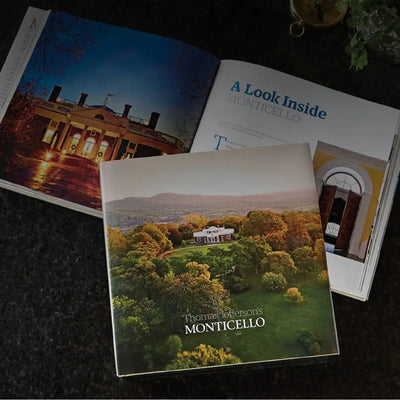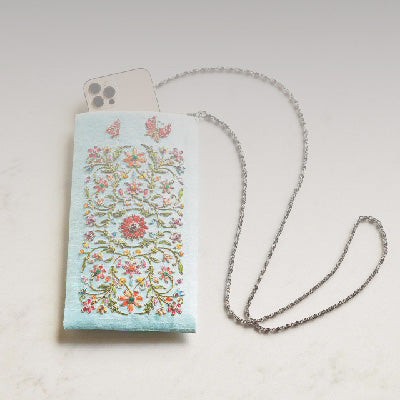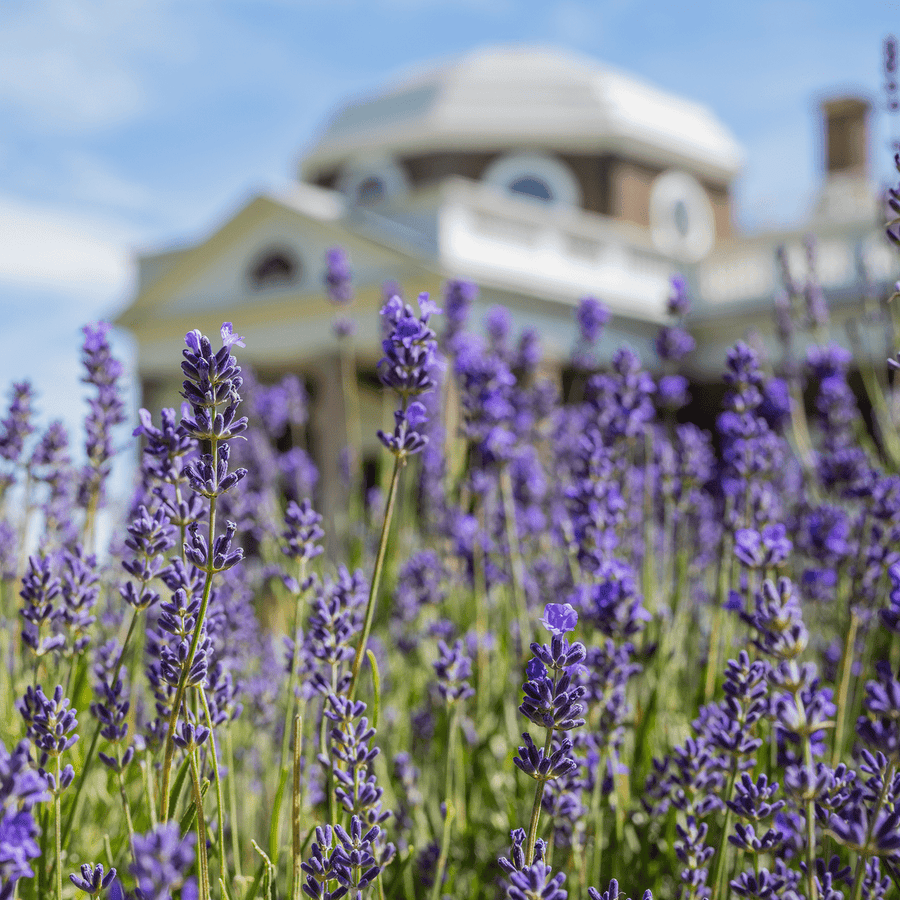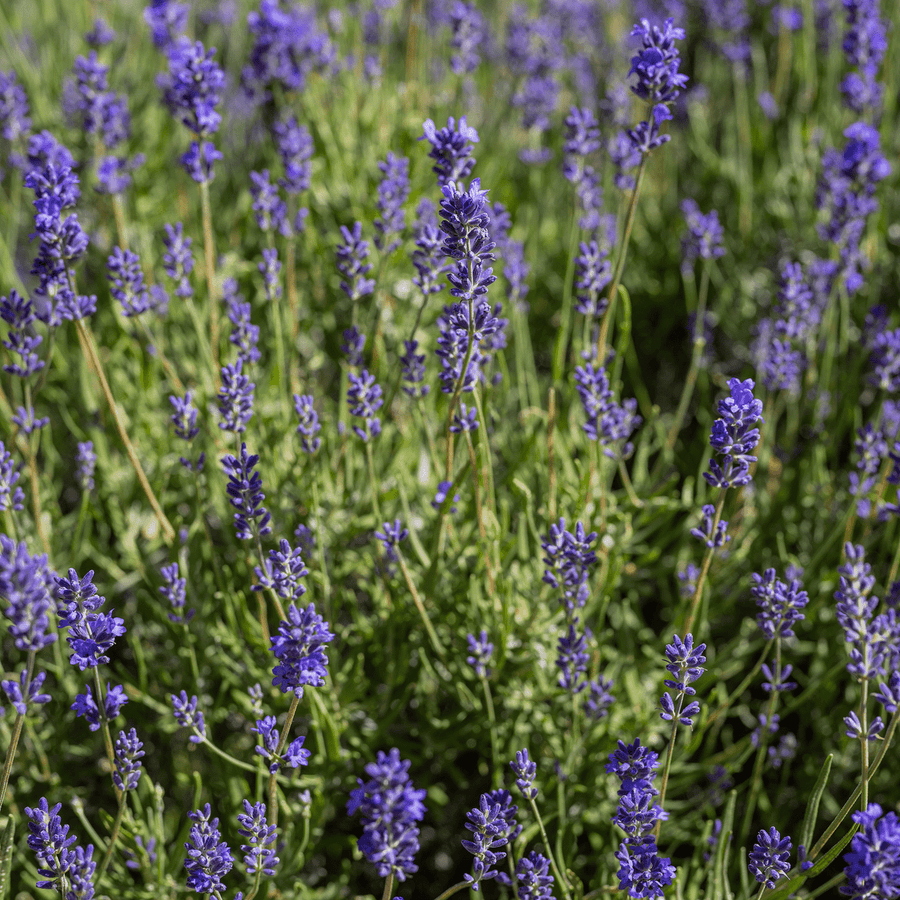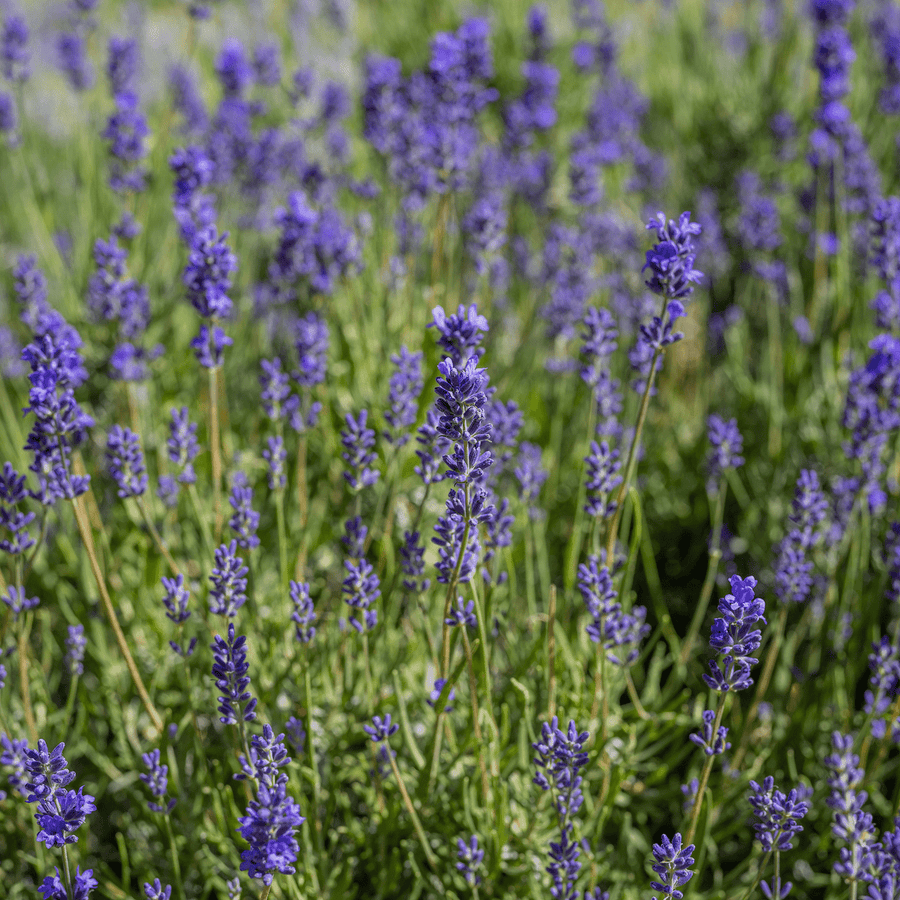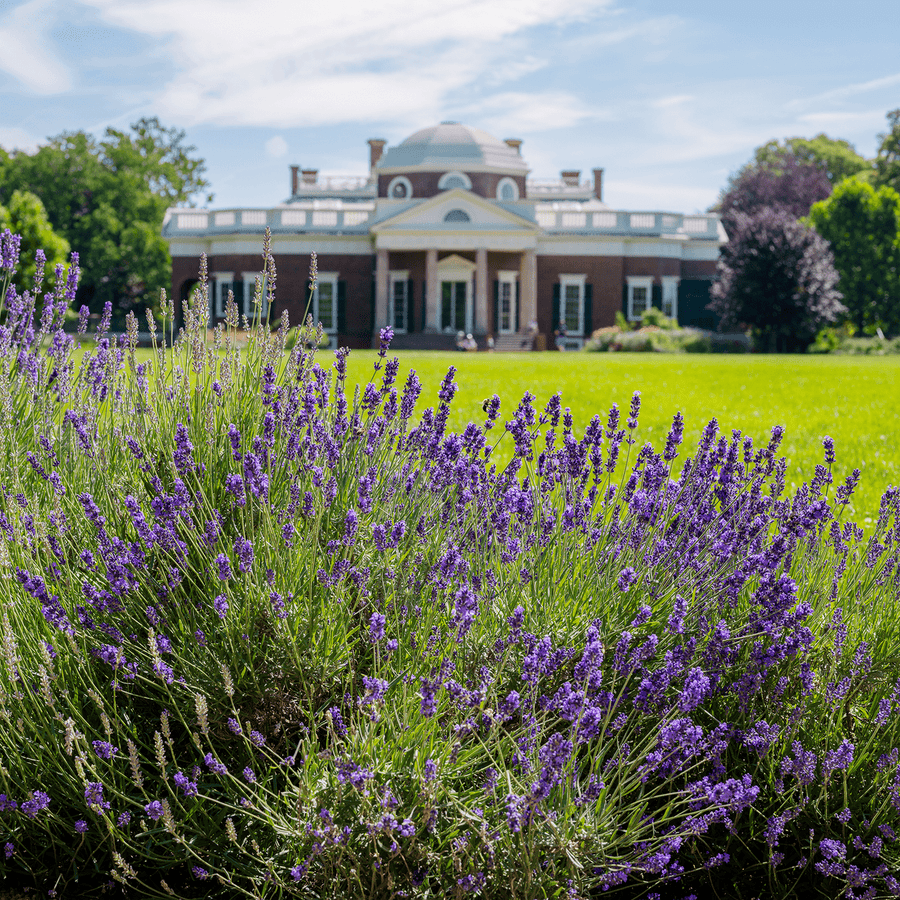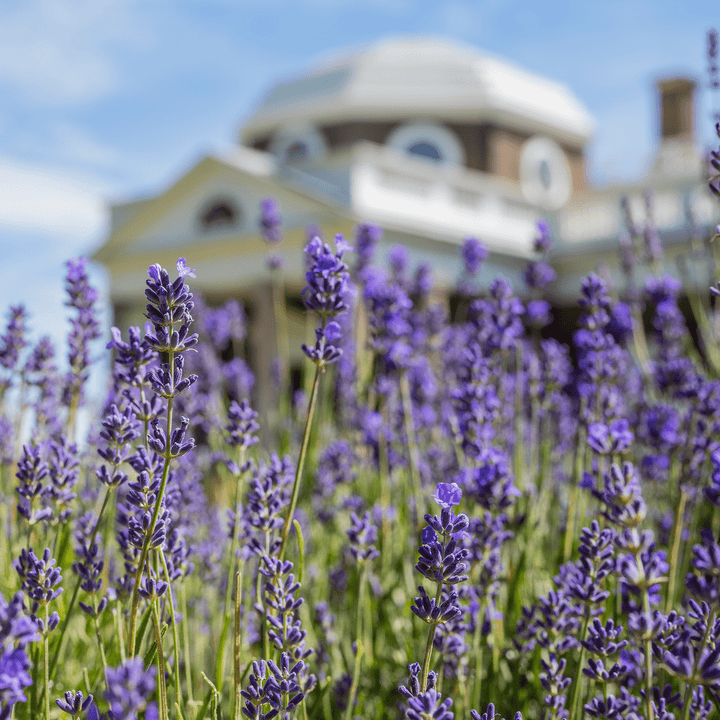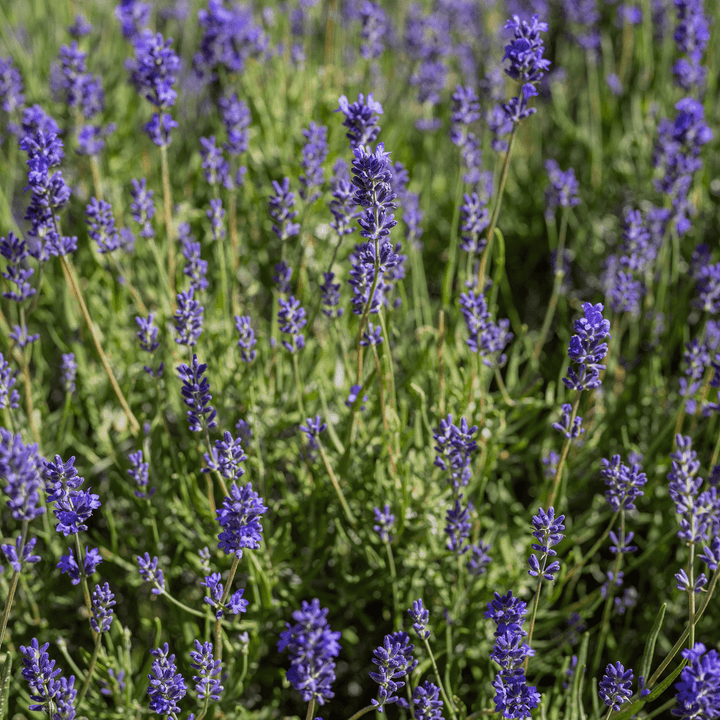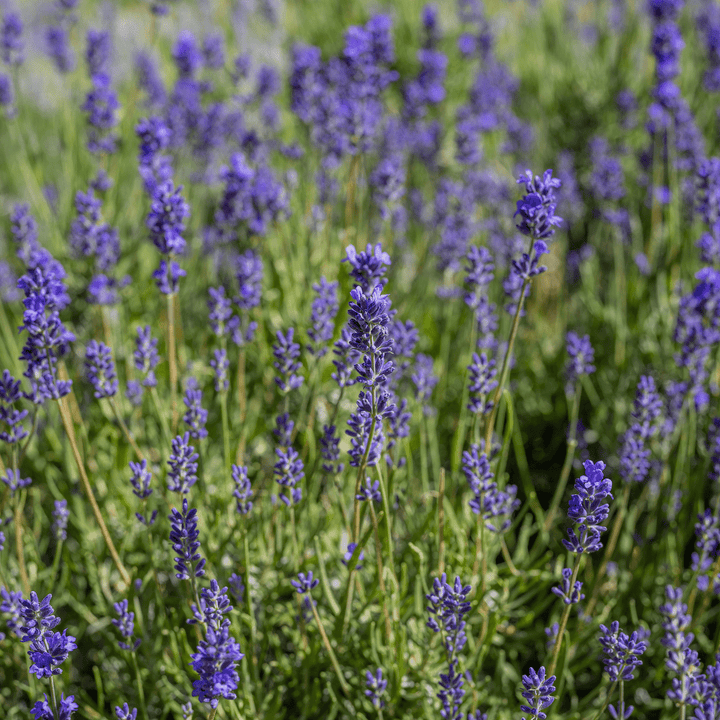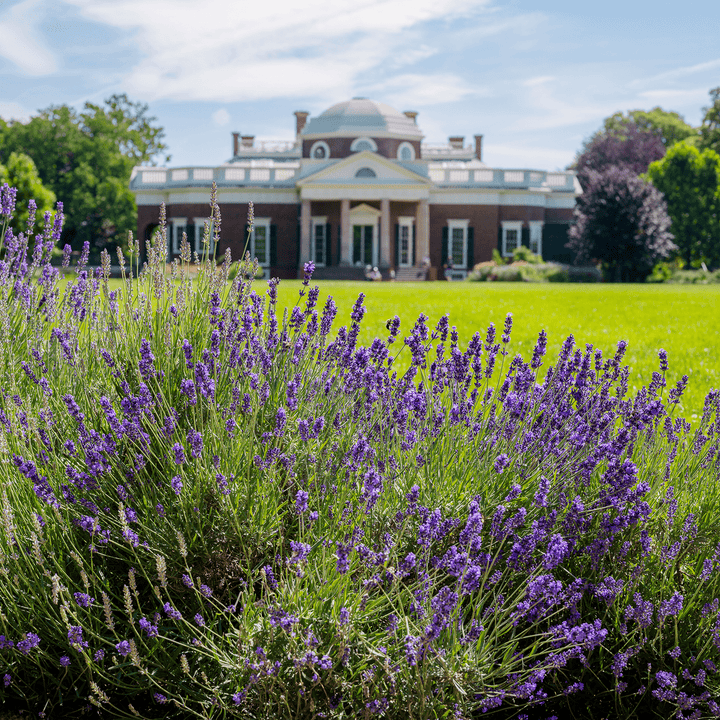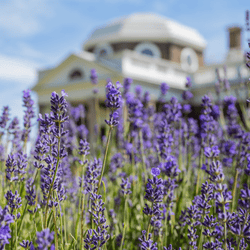Hardy, early summer-flowering woody herb
Description: Clusters of small, fragrant, lavender to blue flowers on stalks above soft, gray foliage
Habit: Bushy habit, growing 18 to 30 inches high and wide
Culture: Prefers well-drained garden loam and full sun; prune after flowering to shape; older, woody plants in need of rejuvenations can be cut back half way when new growth begins in spring
Hardiness: Cold hardy to USDA Zone 5
Origin: Mediterranean
Attributes: Drought tolerant, Deer resistant, Attracts bees and butterflies
Thomas Jefferson included "lavender" in a 1794 list of "objects for the garden this year". Lavender is one of the most well-known of the traditional aromatic herbs, and used since at least the 12th century. In Jefferson's time, Lavender water for the bath was popular, and Mary Randolph gave "receipts" for Lavender water in The Virginia Housewife, 1824. She also recommended preparing a "cosmetic soap for washing hands" using oil of Lavender. This hardy, dwarf shrub is native to southern Europe and northern Africa. It is a traditional edging plant for geometric beds, especially for roses, but is also very effective in mixed borders. The flowers attract bees and butterflies. This plant is deer and drought tolerant.
English Lavender (Lavandula angustifolia) arrives in a 3.5" pot.
Details
| Genus | Lavandula |
|---|---|
| Species | angustifolia |
